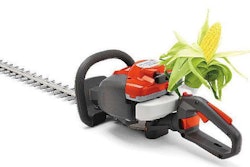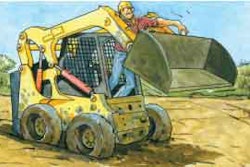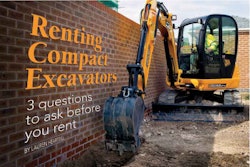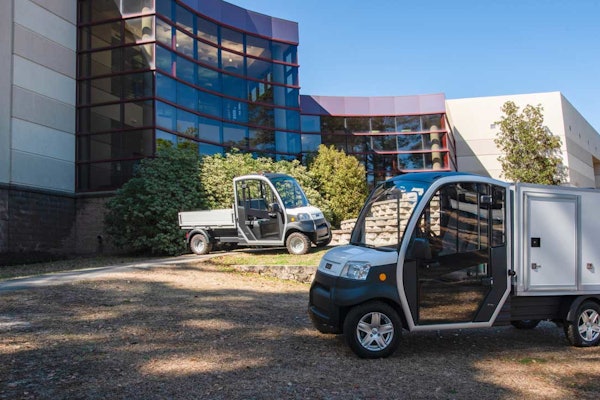Stand-on Mowers
3 advantages that will get you on your feet
By Lauren Heartsill Dowdle
Why take your next lawn maintenance job sitting down when you can mow with added productivity, comfort, maneuverability and visibility? Stand-on mowers are a compact alternative to ZTRs. They reduce legwork compared with walk-behind mowers and can add versatility to your equipment fleet.
Complement Your Line
Stand-on mowers have grown in popularity during the past decade and are starting to find their place in landscapers’ equipment lines. “Traditionally, a landscape contractor would have a ZTR and walk-behind mower,” says Chris Russell, John Deere product manager of commercial mowers. “Now, they can put a stand-on in between those two types to complete their fleet, as more of a complement to their line.”
Wright Manufacturing, which began offering stand-on sulkies in 1983 and stand-on mowers in 1997, was one of the first to tap into the growing need for stand-on equipment. “It gradually hit us that standing up while mowing was a really good idea,” says Bill Wright, founder of Wright Manufacturing. “Not only do you cut down on walking, standing up creates more maneuverability, and maneuverability equals more productivity.”
Wright Manufacturing’s Stander mower puts your center of gravity at your feet, instead of the mower’s seat.
Standing also helps with visibility, allowing you to see obstacles in your path. “You can see all around the machine, which also helps with trimming,” Russell says. When you spot something in your path, simply step off the mower, move the obstruction and step back on. The mower shuts off when you dismount, which also helps prevent mower-related injuries.
The stand-on mower’s price can be another added bonus. “They are typically priced between hydro mid-sized walk-behinds and compact ZTRs, making them a great value for the money,” says Ross Hawley, marketing manager at Toro.
Sizable Difference
Time and space equal money in this industry, and stand-ons can save on both. “Stand-on mowers are compact, giving you space to fit more on a trailer,” Russell says. The mowers are shorter from front to back than ZTRs but are available with the same cutting deck width choices.
Toro’s stand-on mowers run at speeds similar to ZTRs, with forward speeds up to 8.5 mph.
Customers also appreciate having a smaller mower cutting their yard. “Stand-ons have a compact footprint,” Hawley says. “The lighter-weight, more compact size is appealing to property owners who dislike large pieces of equipment on their lawns.”
Their size also allows them to turn more responsively. “When the lawn mower is long and heavy, spinning around takes time,” Wright says. “If you can turn around quickly, you can pick up time.”
The compact size especially is popular in urban areas, which normally consist of smaller yards. Wright Manufacturing’s top mower in Long Island, New York, is their 36-inch model. “You have small properties where obstacles are all you see all day,” Wright says. “Backyards have picnic tables, gazebos, umbrellas and aren’t straight forward. There’s a lot of competition to cut grass quicker in the suburbs, and these mowers are really good for those areas.”
“When you’re in a seat, the jostling hurts your lower back when you go over bumps,” Wright says. “Standing up, your body’s in a more ergonomic position.”
Smooth Ride
With a 7-Iron mower deck, John Deere’s stand-on has a blade tip speed of 18,000 feet per minute.
Even with these benefits, switching from sitting to standing can be a perceived deterrent to choosing a stand-on mower, mainly because standing may appear more strenuous. But, the stand-on mower’s built-in suspension on the platform helps smooth out the ride and absorbs many of the bumps felt when sitting. “When you’re in a seat, the jostling hurts your lower back when you go over bumps,” Wright says. “Standing up, your body’s in a more ergonomic position.”
If you’re still skeptical, ask a dealer if you can try a stand-on mower on your next project. “They’re comfortable to operate,” Russell says. “Once someone starts using them, they tend to really like to operate them.”









